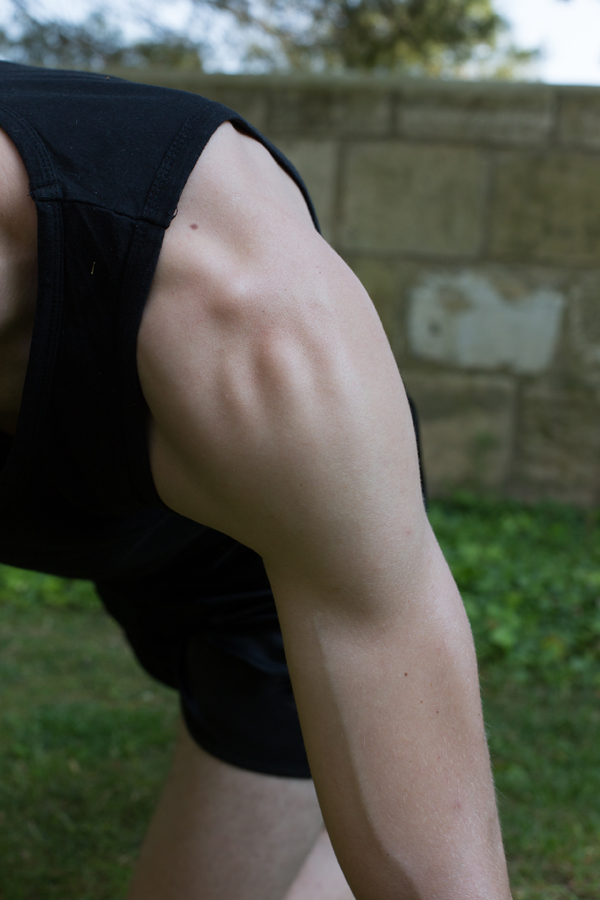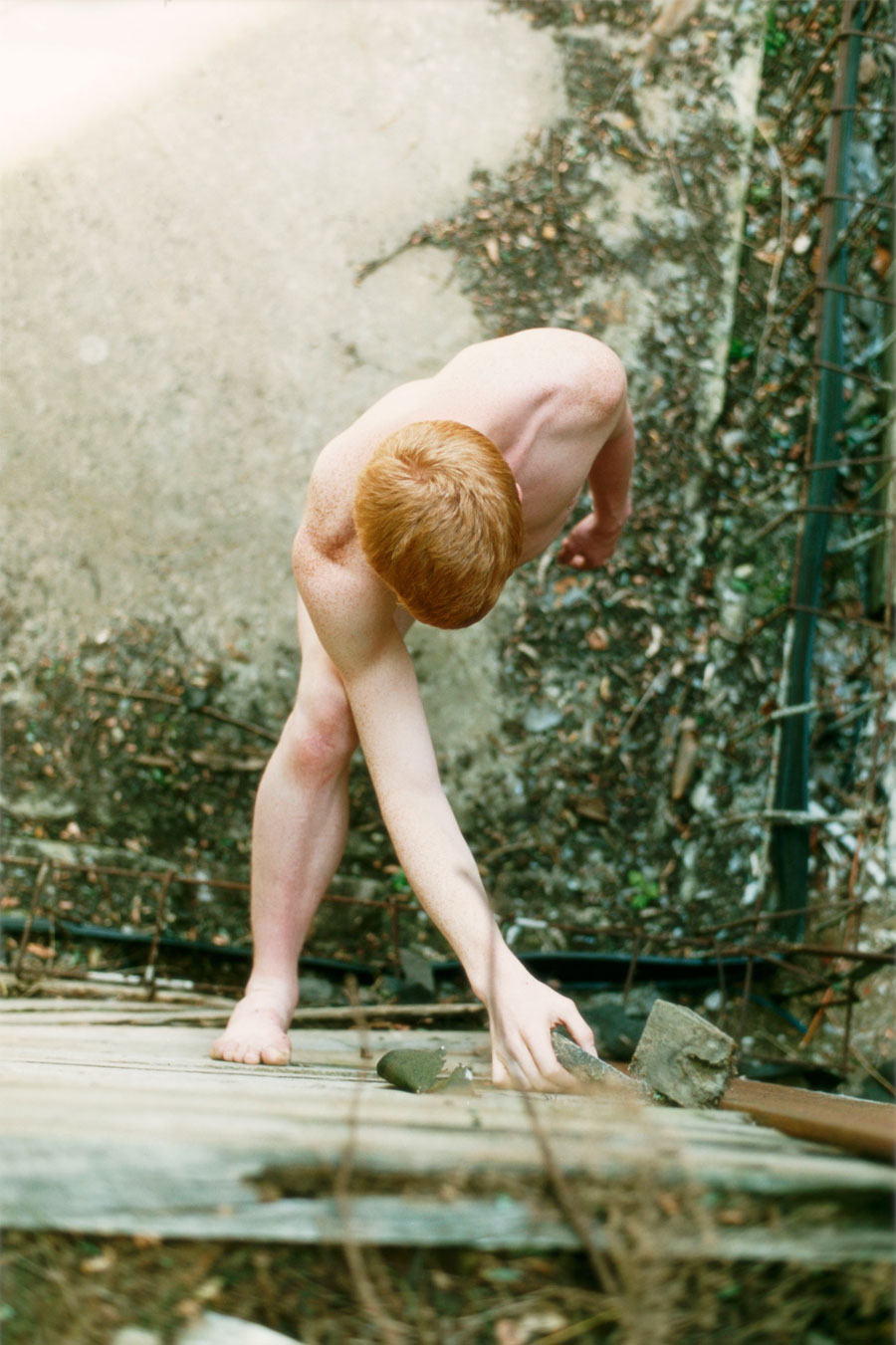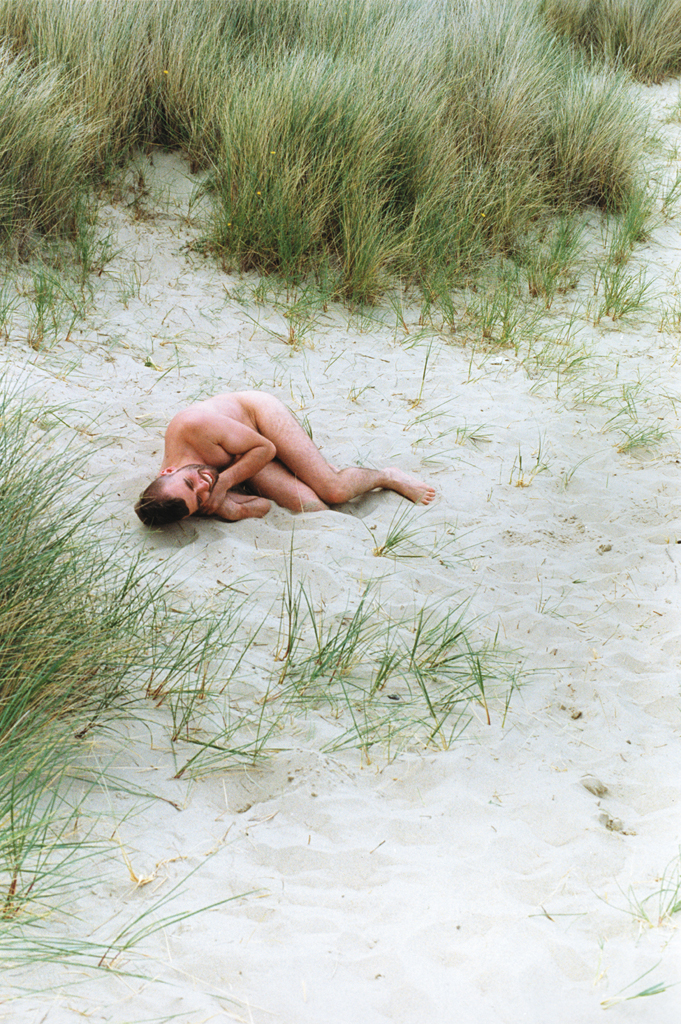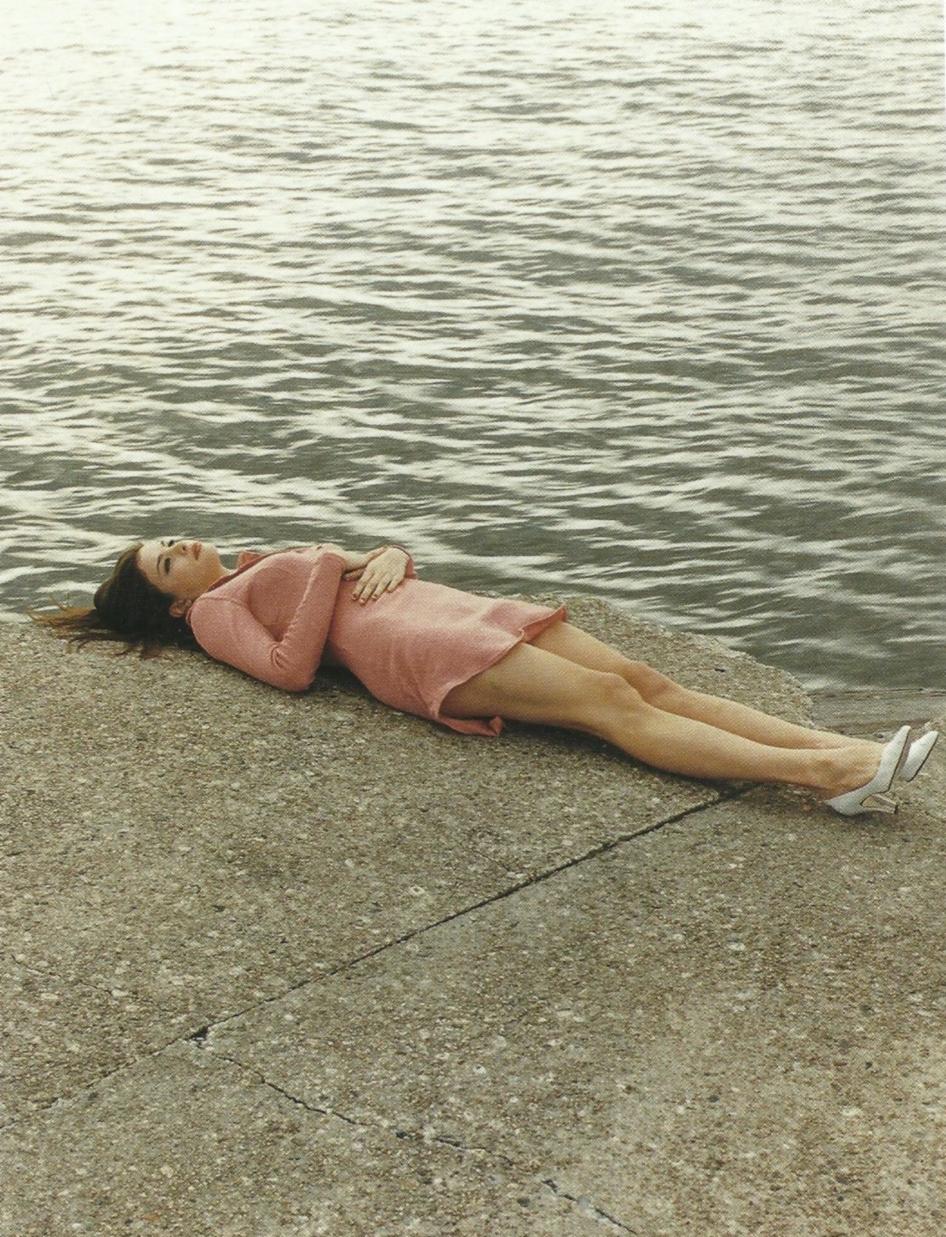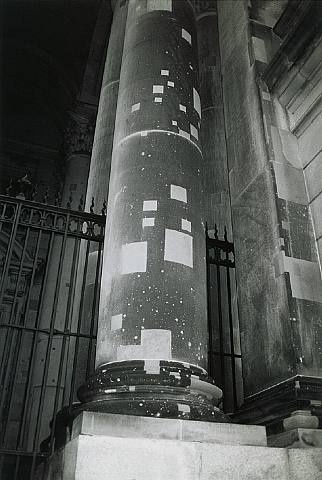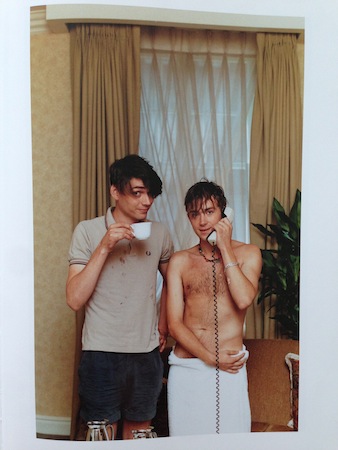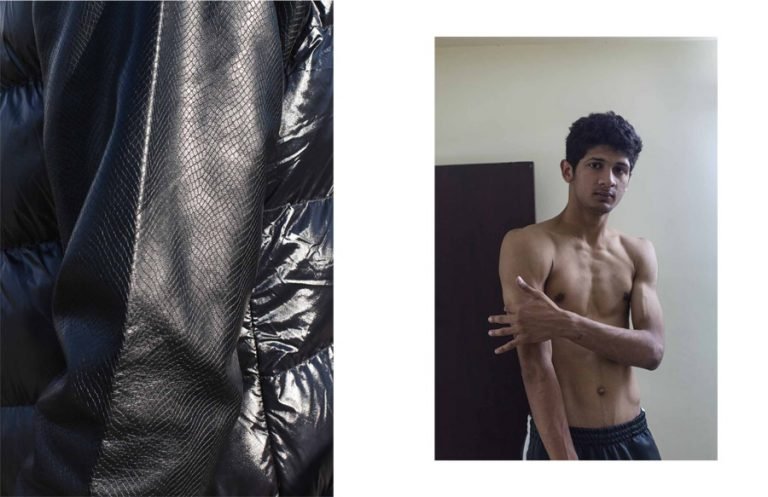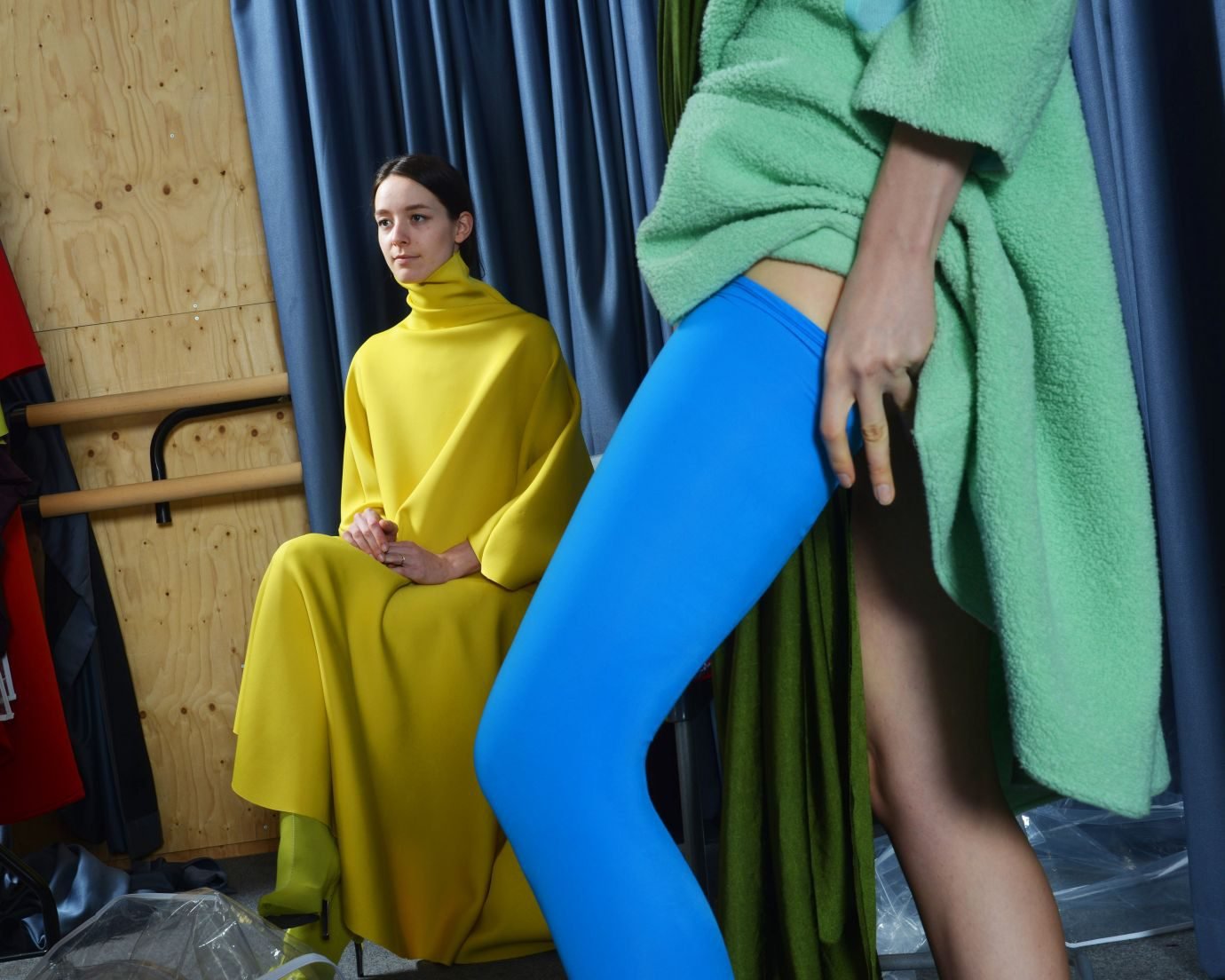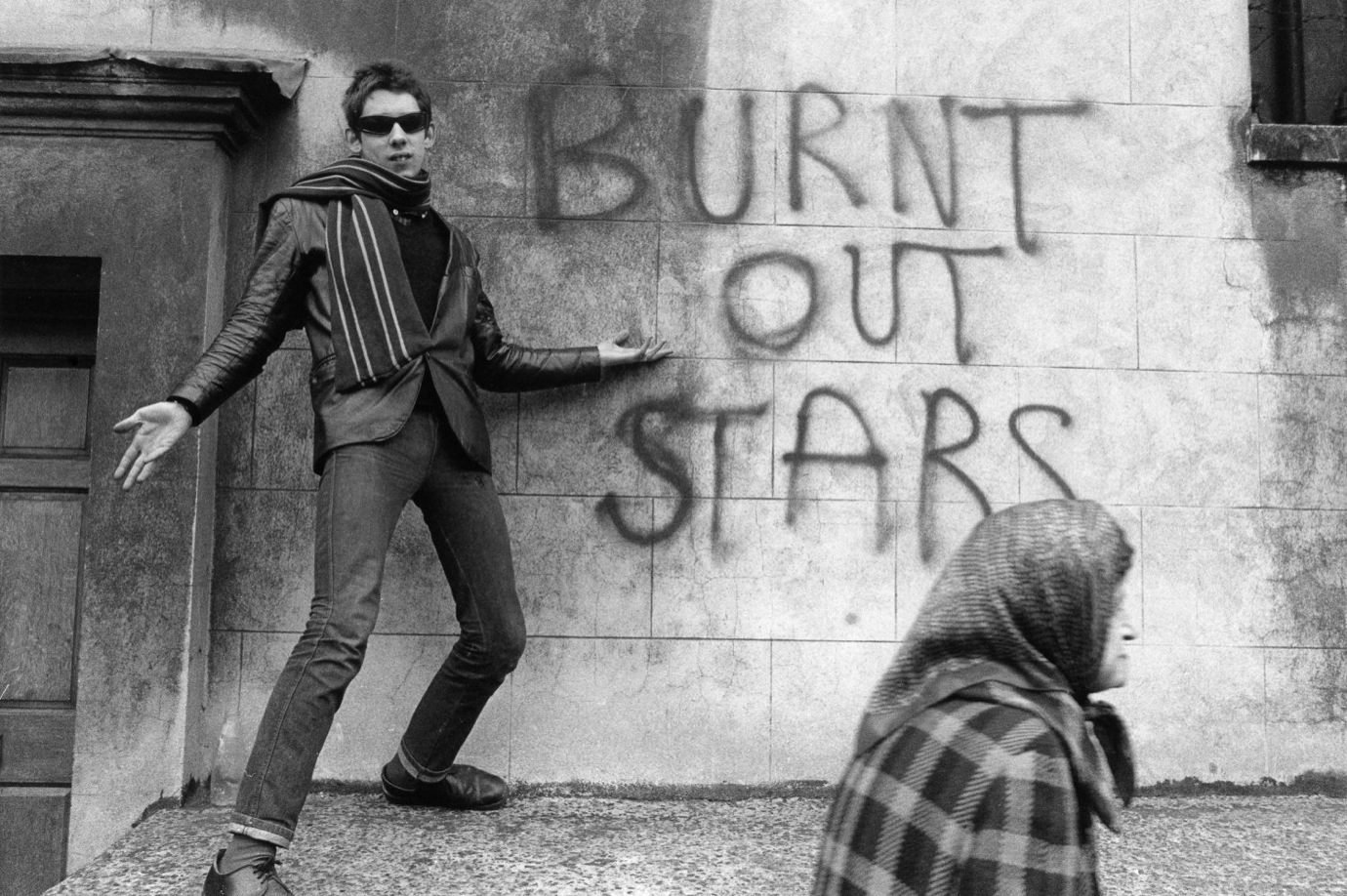ON PROJECTS AND SERIALITY
Contrary to much photography, Tillmans insists that his work is not serial. He considers themes in his work more as “things accumulating over time” – like shooting cars, buildings, abstract colours, or people in lots of different places over a long period of time. “To some, an image is only validated through its seriality,” he argued: “we must challenge that”. The challenge to exhibit and compartmentalise his vast oeuvre then becomes a matter of curation – and responding to themes as they emerge. For example, one of the motifs that he has kept returning to over the years is the headlight of cars. “It’s an underlying interest of mine. I like to study how they have changed their expression over the years.”









